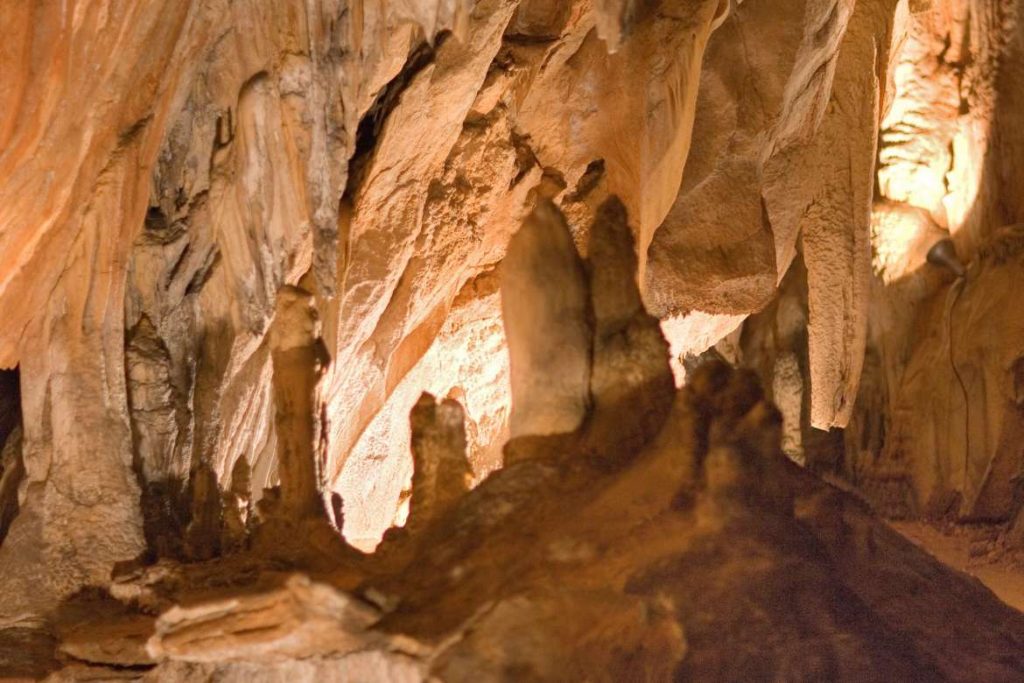While exploring a cave called Lukina Jama, which has been completely covered in ice at a depth of 70 metres in the last 22 years, they found that a passage has opened up into deeper parts of the cave as a result of the ice melting, members of the expedition told Hina in a statement.
The ice, the age of which is estimated at 500 years, is melting in other caves as well.
The preliminary results of the research show a link between these occurrences and the climate conditions on Mount Velebit in the last two years, said a member of the expedition, physicist Dalibor Paar.
He said that other phenomena observed would be interpreted in cooperation with experts from the Climate Research Centre at the Faculty of Science in Zagreb.
The expedition is also monitoring the geological and biological features of the deep caves, and exploring other external influences on these sensitive karst ecosystems, which are important for endemic fauna and groundwaters feeding karst water sources.











